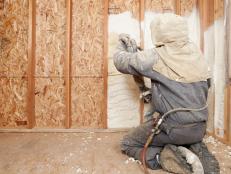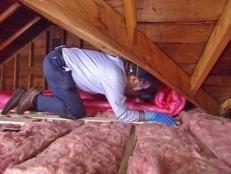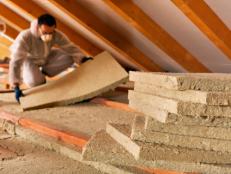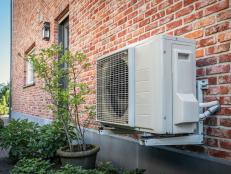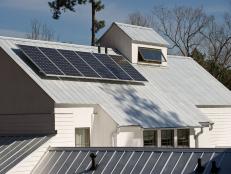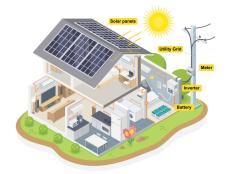Remodeling for Energy Efficiency
For those who don't qualify for the Weatherization Assistance Program (a program that provides home weatherization free-of-charge to low-income families), who want to go beyond basic weatherization, or who remodeling for another reason (i.e., addition, roofing, kitchen remodel) — here's what you need to know about remodeling your home for energy efficiency.
Remodeling for energy efficiency is improving the energy performance of a home, significantly, beyond basic weatherization. In some cases, energy efficiency is part of a larger project, in others the actual goal is reducing energy use and improving comfort.
The first place to start — as with any energy improvement effort — is with a thorough home energy audit. Start with your local utility company to see if they offer free or discounted audits — many do, regardless of income. If not, find a professional home energy auditor, certified by the Residential Energy Services Network or the Building Performance Institute. Do-it-yourself audits are available online and may give you a rough idea of where you stand using utility bills, but they don't replace a hands-on audit with diagnostic tests.
Once a professional audit is performed, you'll have a report on the performance of your home and recommended improvements. This information will help you to decide how far you want to go with your remodeling effort. Remodeling for energy efficiency often includes:
Weatherization: The Basics
- Increased wall, floor, attic and basement or crawlspace insulation to meet minimum recommended values
- Increased air sealing in key locations
- Roof repairs to increase the performance of the building's envelope
- Replacement of incandescent bulbs with compact florescent bulbs
- Vapor barrier installation or replacement, to reduce moisture intrusion and improve airtightness
- Tune-up of heating, cooling and/or water heating systems, or replacement
- Weather-stripping doors and windows
Remodeling for Energy Efficiency: A Step Beyond Weatherization
- Increased wall, floor, attic, and basement or crawlspace insulation to meet optimal performance values
- Complete envelope air sealing (often involving the removal and replacement of existing insulation)
- Replacement of heating, cooling and/or water heating systems, often with properly sized, high-efficiency, innovative systems (i.e., instantaneous hot water, combined heat and hot water systems, heat pumps)
- Roof replacement to increase the performance of the building's envelope
- Window and door replacement
If you're incorporating energy features in a larger remodeling project, it's important to remember that now is the time to invest in energy improvements. Adding a new space to a home often necessitates rethinking the heating and cooling system, or adding a new system. Walls, floors and ceilings are removed or altered. Thinking about energy performance now, rather than later, can save you time and money.
When making decisions about what energy performance measures to undertake, it's also important to consider return on investment (ROI).
One of the greatest challenges with improving energy performance in existing homes is financing the upgrades. When it comes down to it, access to capital (cash) is a challenge for most families and businesses, and the cost of even basic weatherization can exceed $5,000 — with greater energy improvements costs can range from $5,000 to $100,000. Financial incentives can significantly offset the cost of energy improvements and include federal, state, utility and manufacturer-based incentives, and loans.






